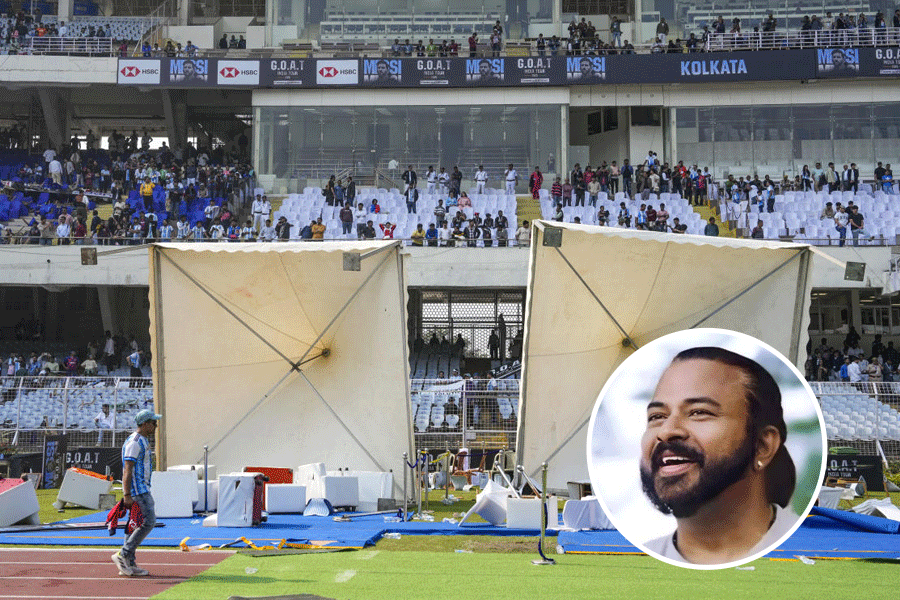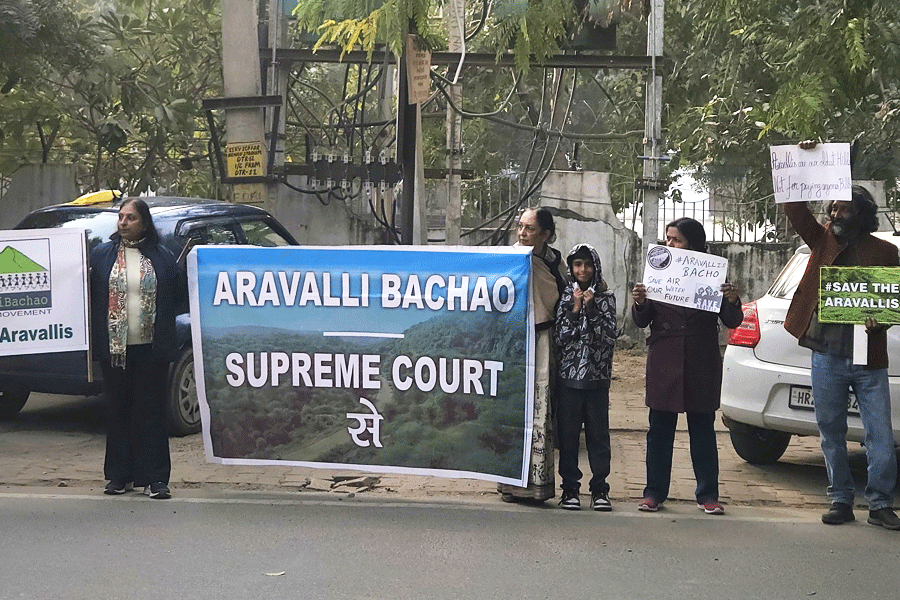The Delhi government recently announced that it would impose a levy on groundwater. The West Bengal government too has said that it intends to pass a new law to restrict exploitation of groundwater and create new waterbodies. A survey conducted by the state water investigation department and the Central groundwater board showed that out of 269 blocks in the state, 51 had critical ground-water levels, while in 24, it was semi-critical. It also warned that Calcutta and its suburbs were drying up and the quality of water was worsening, and that if immediate action was not taken, citizens would face an acute water crisis.
But even as it gets ready to pass this new law, what has the government done to preserve existing waterbodies? What about the bill that permits construction on water-bodies that are less than 10 acres? When ponds, lakes and marshes were being turned into high-rise apartments in the name of development, it was only the environmentalists who raised a voice in protest. There was practically no support from any state department. Even the fisheries minister, Kironmoy Nanda, who had vehemently opposed the bill, had to take a backseat. Thus our state government does not have a clear policy on water conservation.
What a drain
Take the East Calcutta Wetlands, adjudged a Ramsar site. A lot of care was taken to preserve this stretch, which played an important role in the city?s drainage system. Sadly, the state government has sanctioned many plans for high-rise apartments and satellite townships here, which will lead to an ecological imbalance. Already, this has led to the blockage of canals, drainage water flowing back into the city during monsoons and water-logging that takes days to recede.
Over-exploitation of groundwater by pumping it through deep tubewells is the reason for the water crisis. Unfortunately most of this water, it has been found, is arsenic-rich. Getting rid of the arsenic in the water used for drinking purposes is another challenge before the state government. The groundwater in the city is characterized by excessive salinity. In the suburbs, the groundwater contains poisonous fluoride salts, as salt-water from South 24 Parganas seeps into the water table.
The soil in Calcutta contains silt and loam, which retains a lot of water that seeps down when it rains. Had it been like Delhi, where the ground is rocky, Calcutta would have, by this time, turned into a desert.
Helping hand
The new law promises to recharge groundwater levels by creating new water-bodies in urban and rural areas. However, the legislation lacks a specific mention of the need or intent to preserve and renovate existing waterbodies bigger than 40 hectares. Many of the existing water bodies have not been de-silted for years so that the water becomes unusable. This helps real estate developers who, in connivance with unscrupulous officers, classify such water bodies as unusable and get sanctioned plans to build high-rises on them.
The state government has submitted a Rs 2,025 crore plan to the Centre, asking for a part of the money to solve the impending water crisis. If the Centre sanctions part of the money and if a part of it comes from the World Bank, then the state can dream of a day when the water bodies in both cities and villages will be de-silted, and the supply of fresh arsenic-free water will no longer be a far cry. The farmers too will be able to draw upon fresh water-bodies instead of boring tube-wells. This will finally ensure drinking water for all ---- a dream that we still harbour even half-a-century after independence.










